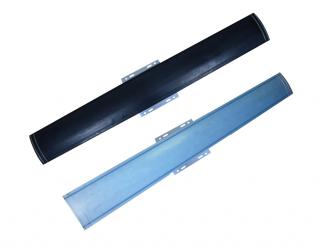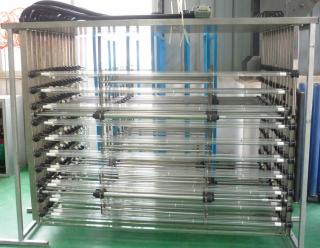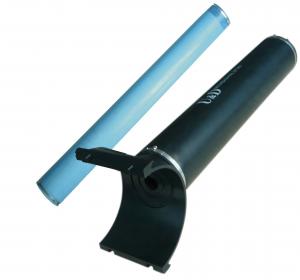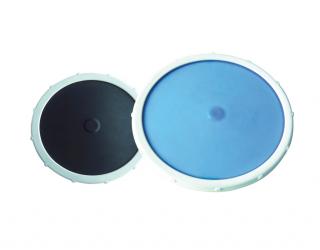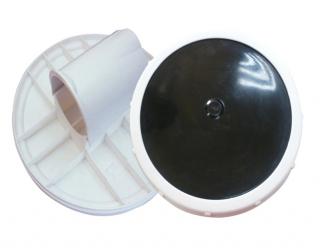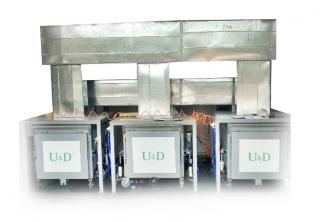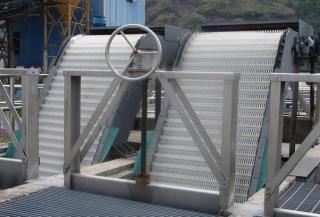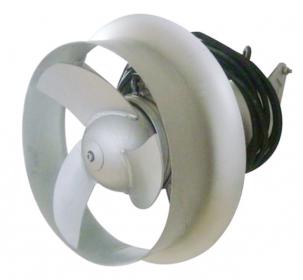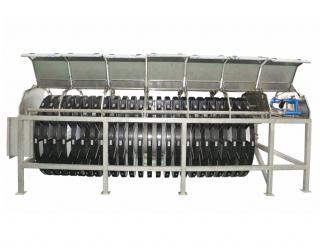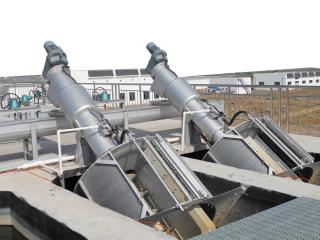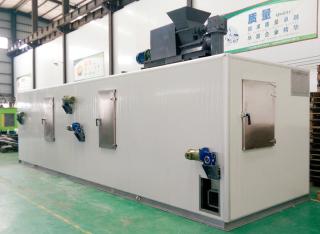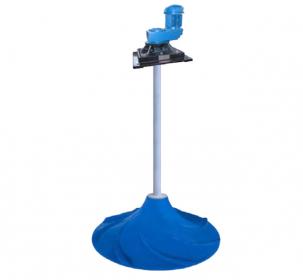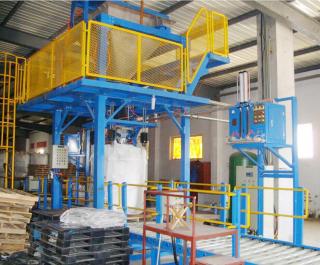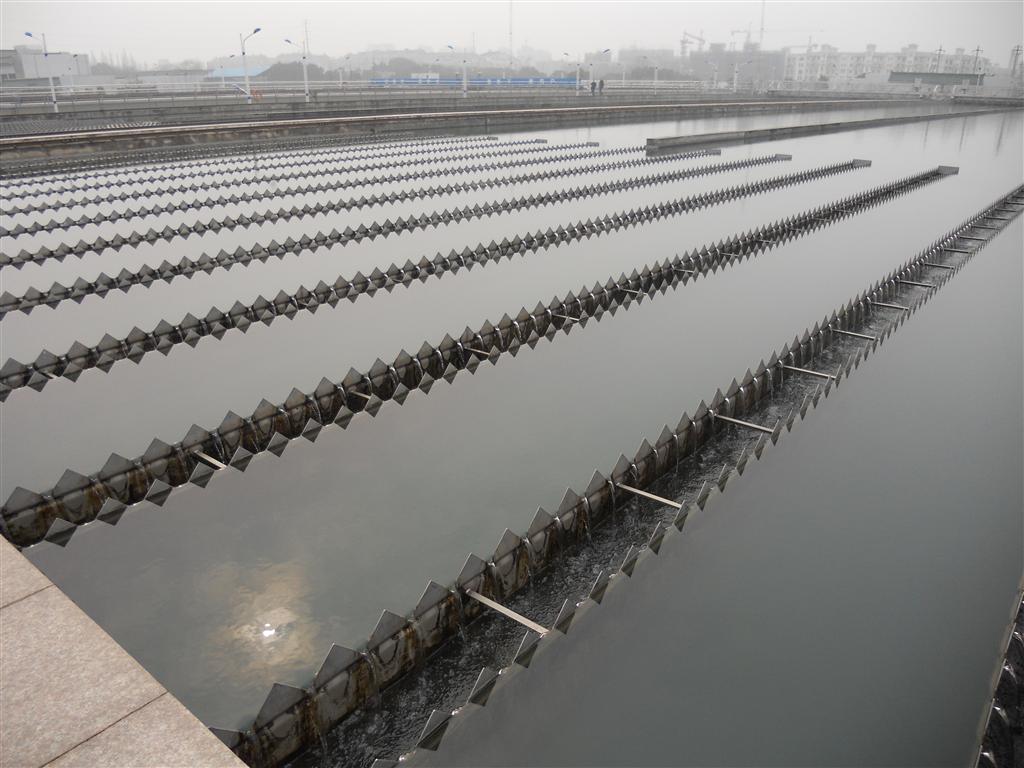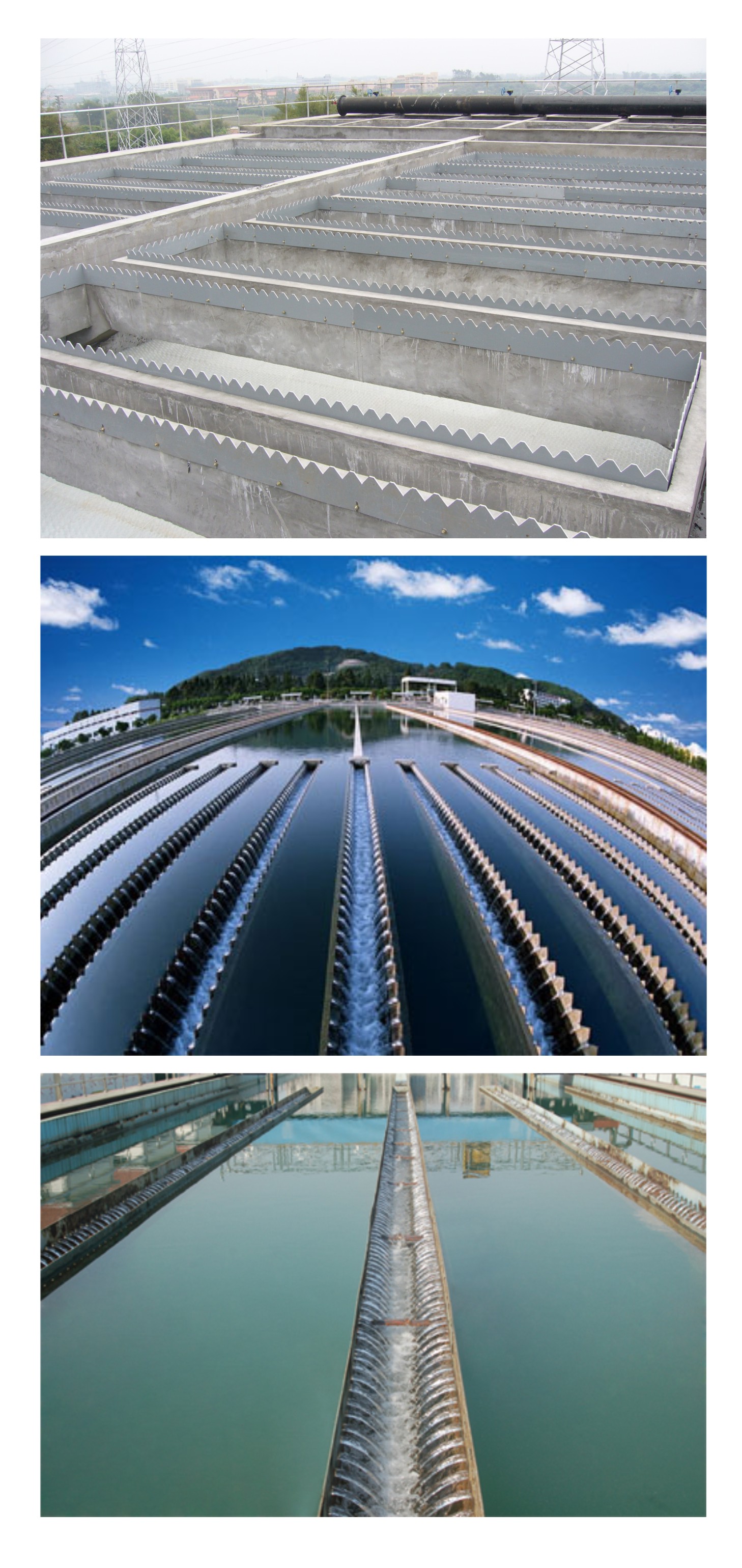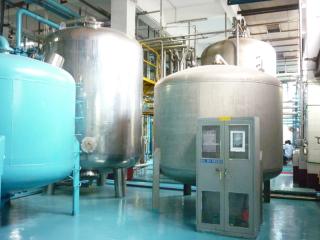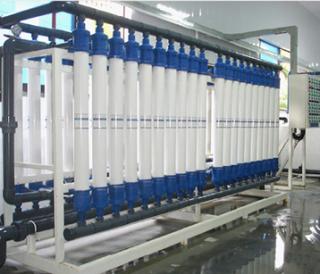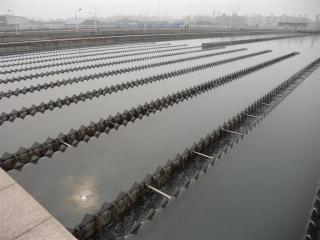- Product Overview
- Comments
- Project Case
I. How does Tap Water Come
Due to both natural factors and human factors, the raw water contains a wide range of impurities. In terms of water
supply treatment, these impurities can be divided into three categories, i.e. suspended solid, colloid and solute.
The purpose of water treatment of the urban water plants is to remove from raw water these suspended solids,
colloids, bacteria and other harmful substances that may do harm to human health and industrial production, and
enable the treated water to meet the demands for drinking water and industrial production. The water plants usually
employ the conventional water treatment process that involves mixing, reaction, settlement, filtration and sterilization.
1.Coagulation Reaction
After raised by the pump house, the raw water first undergoes coagulation process, namely, raw water + water
treatment agent → mixing → reaction →Salzburg vitriol. (alum floc)
The process from thorough mixing of agent and water until formation of large grained flocs units is called coagulation
process. The common water treatment agents include poly aluminum chloride, aluminum sulfate, ferric trichloride, etc.
According to the chemical property of aluminum, after agent is put into water, aluminum ions will be produced, and
they will be involved in reversible reaction with water molecules, namely, Al3+ + 3H2O ←→Al(OH)3 + 3H+.
The aluminum hydroxide has the absorption capacity. It can destabilize the colloidal particles and fine suspended
solids that are not easily deposited in water, make them coagulate, and then absorb and bridge them, to form bigger
floccules that can be easily deposited and separated from water. The mixing process is required to be quickly done
after the agent is added, and it is designed to scatter agent in water quickly and evenly. The water experiencing
coagulation reaction process then flows into the sedimentation tank through the tube, where it will go through the
second phase of water treatment.
2. Sedimentation
The process in which the floccules produced in the coagulation process are separated from water by the aid of
gravity is called sedimentation process, which takes place in the sedimentation tank. After flowing into the
sedimentation tank, water is distributed along the whole cross section of the water zone, then enters the
sedimentation zone, and finally flows towards the outlet zone slowly. The particles contained in water are deposited
at the bottom of the tank, and the sewage sludge is gradually accumulated and concentrated and then discharged
from the tank on a regular basically.
3. Filtration
Filtration generally refers to a process in which such granular filter materials as quartz sand with spaces in them
are used to retain suspended particles contained in water through adhesion, so as to further remove from water
fine suspended impurities, organics, bacteria, viruses, etc, and thus make pure and clean water.
4. Post-filtration Disinfection
After filtration, water turbidity is further reduced, and in the meanwhile, the residual bacteria, viruses, etc have no
more turbid substances for protecting them or to attach them to, which creates good conditions for post-filtration disinfection. Disinfection does not kill all microorganisms but those pathogenic ones. Coagulation,
sedimentation and filtration can remove most bacteria and viruses, while disinfection can ensure that the water
made in this way meets the bacteriological indicators for drinking water, and can also retain certain chlorosity at the
end of the urban water tube, so as to control bacterial reproduction and prevent pollution. The chlorine (chlorine liquid)
dosage for disinfection varies between 1.0-2.5g/m3. It is mainly the hypochlorous acid produced by reaction between chlorine and water that causes oxidization
inside bacteria, damages the enzyme system of bacteria, and kills them. Disinfected water is pumped to the pump
house from the clean water tank, and at a certain pressure, supplied to the families through water transmission
and distribution pipeline.









